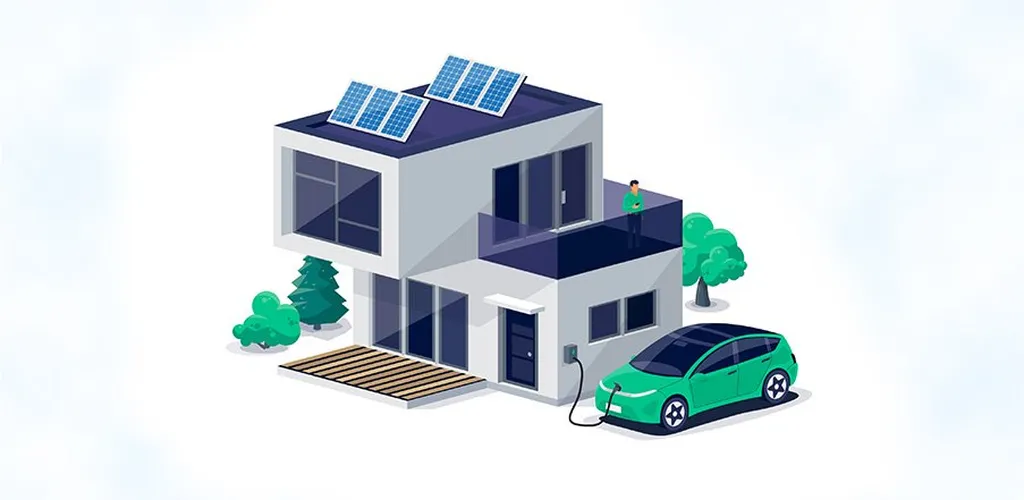In the quest for urban decarbonization, a team of international researchers led by T. Kobashi from the University of Tokyo and including members from institutions across Asia, Europe, and the United States, has examined the challenges and opportunities of integrating rooftop solar panels with electric vehicles (EVs). Their work, published in the journal Nature Energy, explores the “SolarEV City” concept, which aims to leverage EVs as mobile energy storage units to support solar power generation and reduce carbon emissions in cities.
The SolarEV City concept is technically sound, with the potential to meet 60-95 percent of a city’s electricity demand by combining rooftop photovoltaics (PVs) and EVs. However, despite the rapid growth of both PVs and EVs globally, the integration of these technologies has been slow, leading to what the researchers term the “SolarEV paradox.” This paradox is characterized by a disconnect between the promise of integrated systems and their actual implementation.
The researchers analyzed this paradox through a socio-technical framework, examining four key dimensions: technology, economics, policy, and society. They found that while the technology is feasible, several barriers hinder large-scale implementation. These include fragmented charging-protocol standards, immature and often unprofitable Vehicle-to-Home (V2H) and Vehicle-to-Grid (V2G) business models, regulatory misalignments between energy and transport sectors, and social-equity barriers that limit participation primarily to high-income homeowners.
The study highlights different national approaches to integrating PVs and EVs. For instance, Japan’s model is driven by resilience and energy security concerns, while Europe focuses on regulatory frameworks. These differences underscore the strong path dependence in integration strategies and the need for coordinated policy frameworks, interoperable digital infrastructure, and inclusive market designs to advance SolarEV Cities.
The researchers conclude that achieving an integrated energy transition requires strategic collaboration among researchers, governments, industries, and communities. By building adaptive, resilient, and socially just urban energy systems, cities can move closer to meeting their decarbonization goals. For the energy sector, this means developing standardized charging protocols, creating profitable business models for V2G systems, aligning regulations across sectors, and ensuring equitable access to these technologies. The practical applications of this research could significantly enhance the efficiency and sustainability of urban energy systems, paving the way for a cleaner, more resilient energy future.
This article is based on research available at arXiv.

